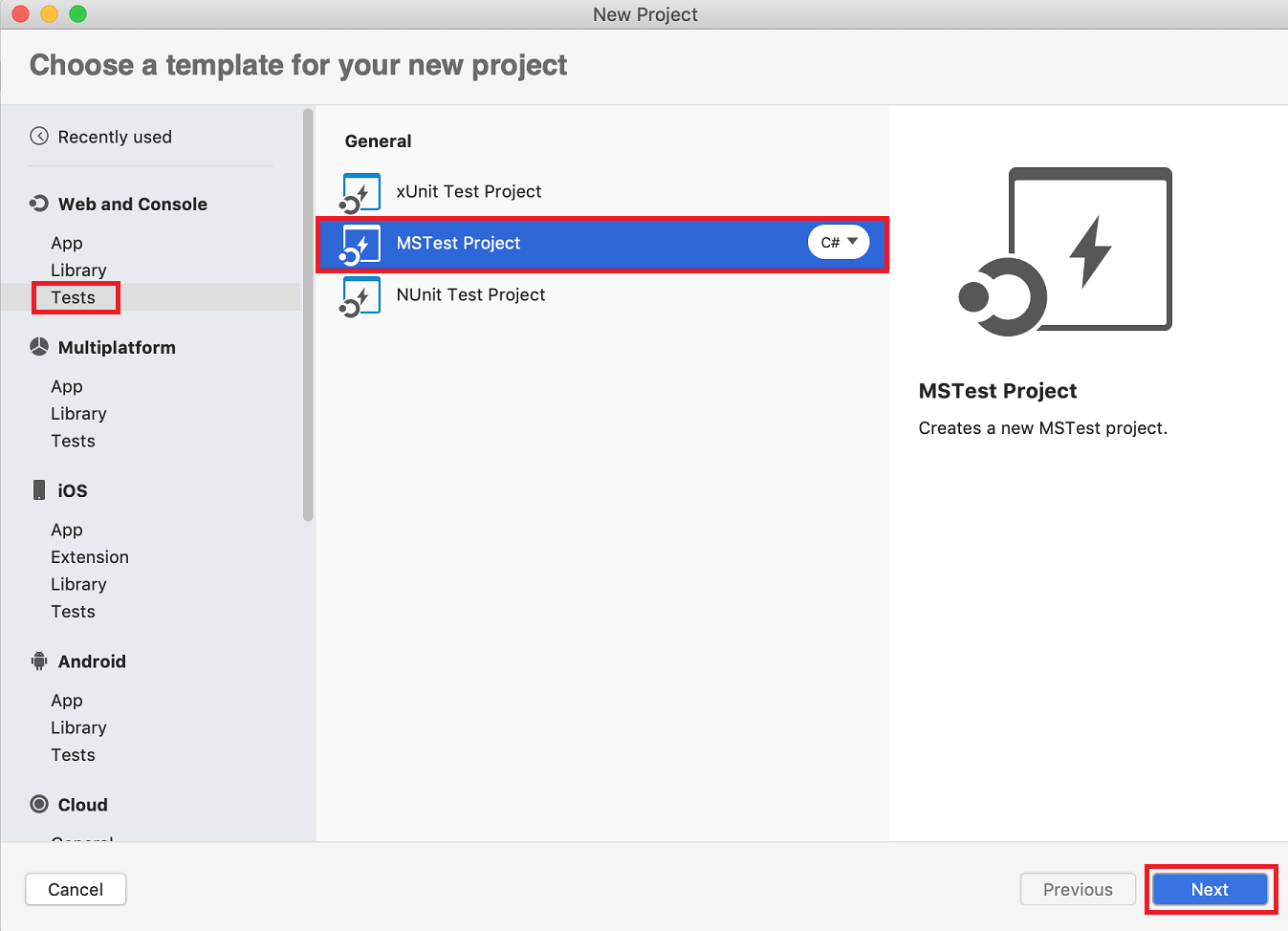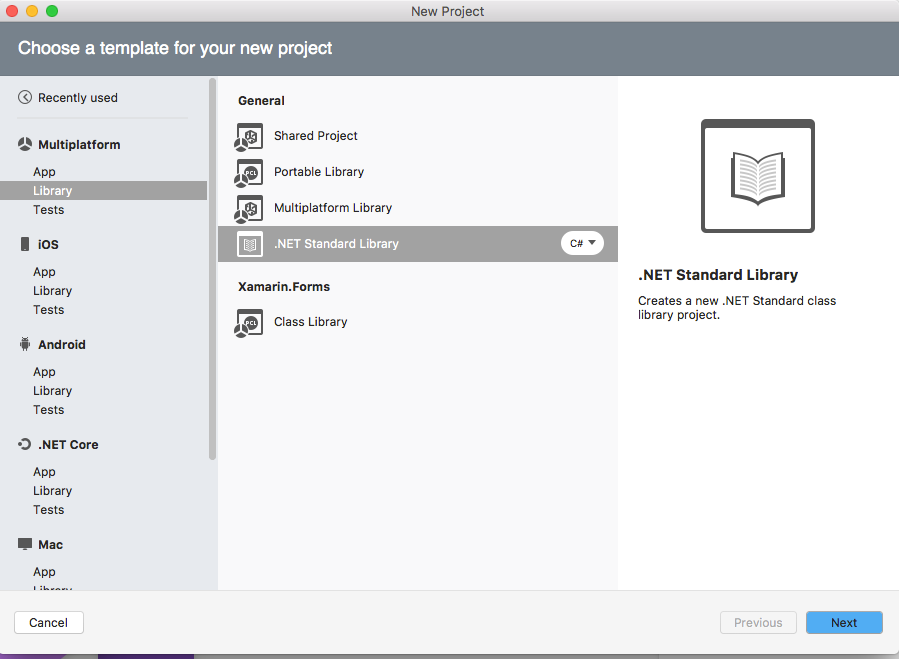

You should have a blank screen, along with the "Solution" pad on the side of the screen. :) Method 2: Add NUnit to an Existing Projectīut what if you already have a project and now you want to add tests to it? Let's start by creating a Library project to act as the "existing project": File / New Solution / Other /.
#VISUAL STUDIO COMMUNITY MAC CREATE UNIT TEST .NET CODE#
That's it! If you're using VS4Mac for TDD during a code kata, it doesn't get much easier than that. If you don't see that pad, open it now: View / Pads / Test Results Now change the logic so the tests fail (if they didn't already) and you can see the failure results in the "Test Results" pad at the bottom. Or just click the "Run All" button in the Unit Tests pad. You may need to click the build button (black triangle in upper-left) to see your new tests.

If you can't see the "Unit Test" pane (or pad as they call it on the Mac), open it now: View / Pads / Unit Tests Go ahead and create a regular class and add a couple tests against it. Like I said, there's already a "Test.cs" file ready to go, with the proper NUnit attributes and everything. NET / NUnit Library Project Create a class and some tests How convenient is that? Create a new project The VS4Mac team actually added a project type that includes the NUnit package and a test file out of the box. The easiest method is to just create a new "NUnit Library Project". testing! Method 1: An NUnit Library Project I paired up with someone else who knew C#, so it was a good opportunity to try doing the kata in Visual Studio for Mac!Īlthough I've kicked the tires on VS4Mac a bit, one of the things I hadn't tried testing out was, well. Basically, you arrange 9 unique numbers in a 3x3 grid such that they add up to the same number horizontally, vertically and diagonally.

Last month at the AkronCodeClub they selected the magic square kata, which was a new one for me.


 0 kommentar(er)
0 kommentar(er)
